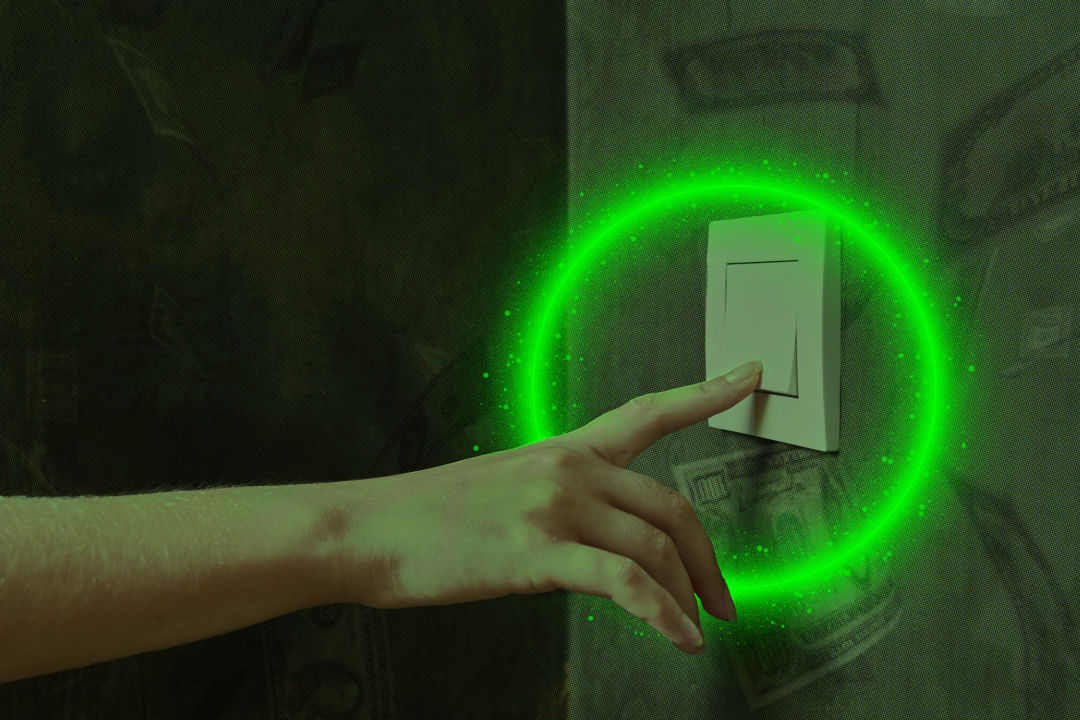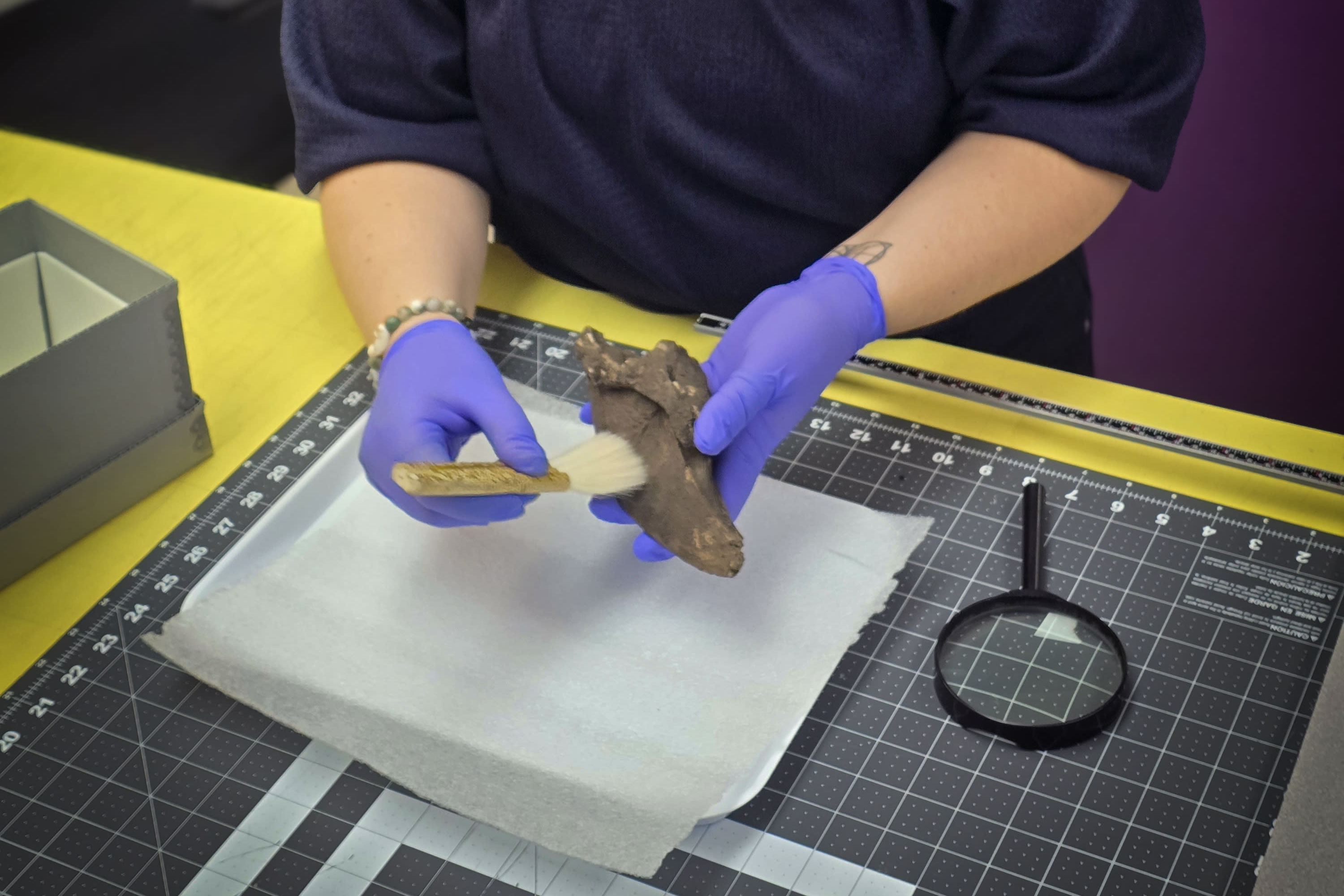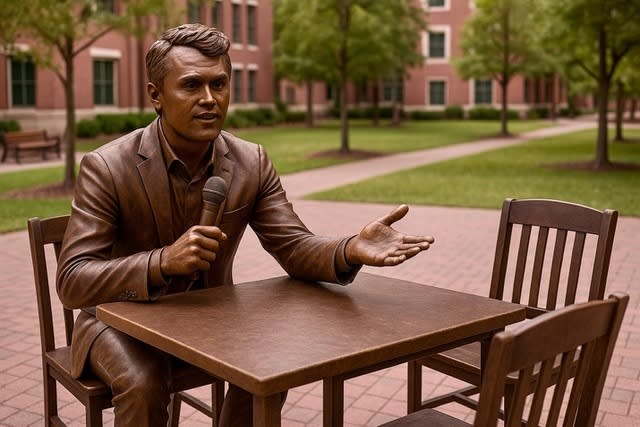20 Tips to Ease Your Environmental Impact—and Save Money, Too

Learn ways to save energy and money today.
Image: Hannah Phillips
Humans aren't great for the environment.
That was made clear when I learned that offsetting one year of my household C02 emissions from electricity use would require seven acres of forests growing for one year and 101 tree seedlings growing for 10 years.
That sounds hard. But there are things we can do every day to help the environment—and best of all, none of them cost more than $25.
“Most people are surprised at how easy it is to implement these strategies, and how saving energy and water goes hand in hand with air quality and is connected to sustainability,” says Alia Garrett, sustainability program outreach coordinator for Sarasota County's University of Florida/IFAS Extension and Sustainability department. She's responsible for education and outreach projects to encourage sustainability actions in the community.
First, uncover your consumption. Log into your Florida Power & Light account and fill out the survey in the energy analyzer. Once you learn the kWh per month you use, input them here to determine your environmental impact.
Then take action. A more detailed list of ways to do that can be found here, and calculating the impact of your actions can be done with this interactive tool to see how much money you can save.
Raise your settings
In Florida homes, air conditioners account for roughly half of all energy use. Your home should be 76 degrees Fahrenheit while at home and 78 degrees Fahrenheit when you leave. “Some people say they need it cooler, but the closer you can get to that, the better," Garrett says.
Stop daydreaming in the shower
Take shorter and cooler showers. “It takes a lot of energy to heat water, and [cooler water] is better for your skin too,” Garrett says.
Unplug it
Unplug electronics and appliances like coffee makers and toasters. Even while not in use, they consume energy and account for roughly 15 percent of annual usage. For hard-to-reach devices, plug them into a power strip then click off the power strip.
Plant a tree
Plant shade trees on the east and west sides of the house. They can save the home up to 20 percent on cooling. Use the Arbor Day Foundation’s Tool to find a tree giveaway program in your area, choose a tree, and find the best location in your yard for the most savings.
Cast shade
Tint the windows throughout your home to keep the interior cooler. Start with the windows that let in the most sunlight.
Wash clothes in cold water
Wash and rinse your clothes in cold water to reduce energy use by as much as 90 percent and save $0.50 per load. Cold water extends your clothes’ life too.
Machine wash dishes
Run your dishwasher instead of hand-washing dishes–it uses one-third less water when running full loads.
Save water
Install water-conserving showerheads and faucet aerators. You can save 25 percent to 60 percent more water per showerhead, using less hot water.
Renting? "Hold onto your old showerheads and swap them back out when you move," Garrett says.
Use a fan, on one condition
Using a ceiling fan can help save energy, but only if you also raise the thermostat by at least two degrees (or at least avoid turning it down).
Turn off ceiling fans when you leave the room
A single fan running all day can add $6 to your monthly energy bill.
Keep doors and vents open
Keep interior doors open and vents open and unobstructed by furniture to help your AC circulate air and increase efficiency by up to 40 percent.
Watch out for leaves, shrubbery and debris near the AC
Keep leaves, shrubbery and debris at least 18 inches away from your outdoor AC unit to avoid blocking airflow.
Change your filters
Change or clean the AC filter at a minimum every three months. Write the installation date on the edge as an easy reminder.
Seal doors and windows
Seal doors and windows with weatherstripping, like door sweeps, spring metal strips, and V-shaped vinyl or adhesive-backed foam.
Lower the temperature of your water heater
The default setting of most water heaters is a scalding hot 140 degrees F. Lower the temperature by just 10 degrees F to save 3 percent to 5 percent off your energy costs.
Put in a dimmer switch
Install a dimmer switch to adjust the light level, save energy, and extend the life of light bulbs.
Install a smart switch
A smart switch can automatically turn on the lights you use most when you get home, and turn them off when you leave.
Go with LED bulbs
They last 10 times longer than traditional incandescent bulbs, so they’ll rarely need replacement—and they’re 75 percent more energy-efficient too.
Spread the word
“Most of the time, it’s really just a lack of awareness for most people," Garrett explains. "But once they know more about their output and what they can do about it, they become more conscious of it.”
Take a free class and become an expert
Participants in the UF/IFAS Extension's Energy Upgrade class receive a free Do-It-Yourself Energy Saving Kit (one per household) with Energy Star LED light bulbs, WaterSense faucet aerators, a smart power strip, weatherizing materials, outlet insulating gaskets, and other useful goodies. You’ll also learn low- and no-cost tips that, combined with the kits, can reduce your household energy costs as much as $560 per year. Take the pre-recorded class at your own pace. Or register for a live class.
To find out about all the many different ways you can lower your carbon footprint, and your energy usage click here. To go solar, click here. These actionable and effective tips are part of the Green Living Toolkit.



